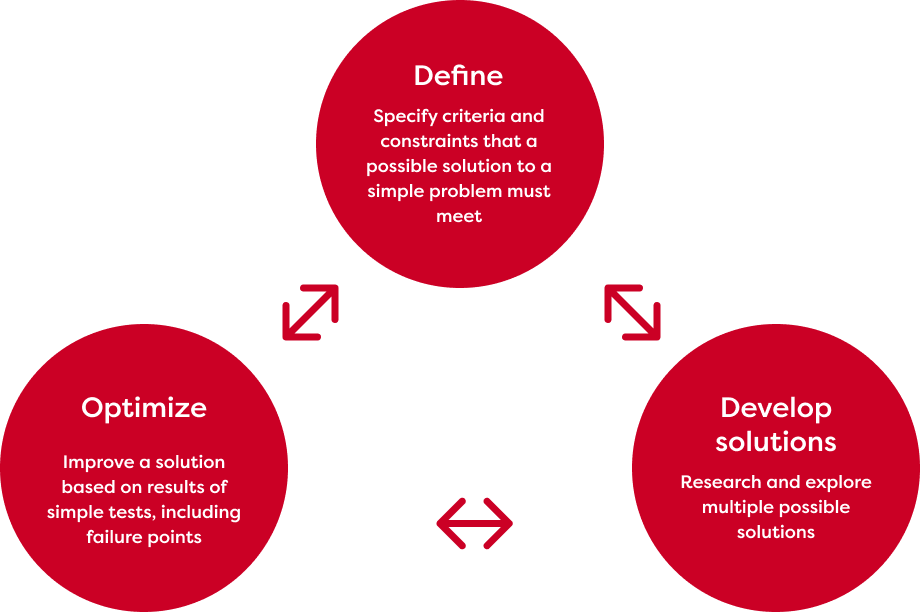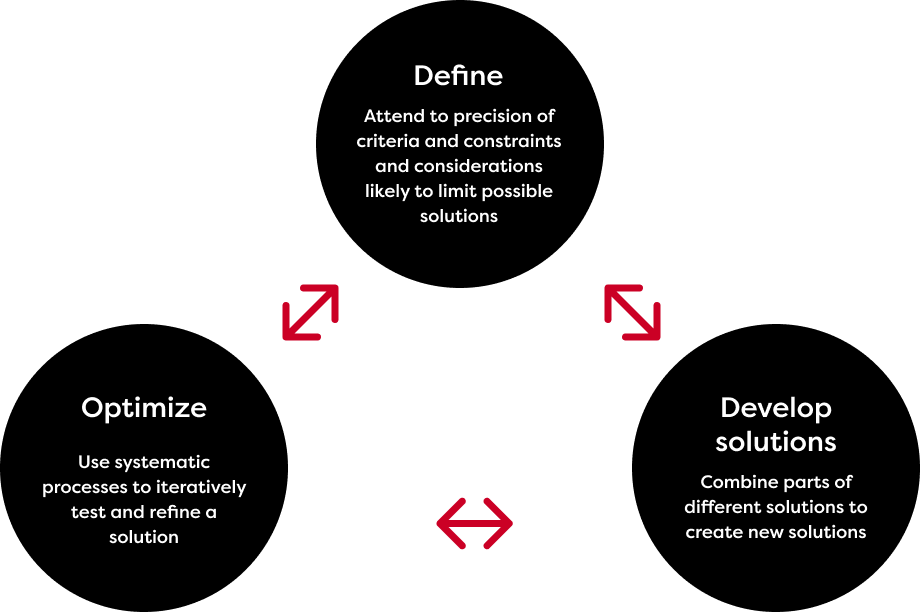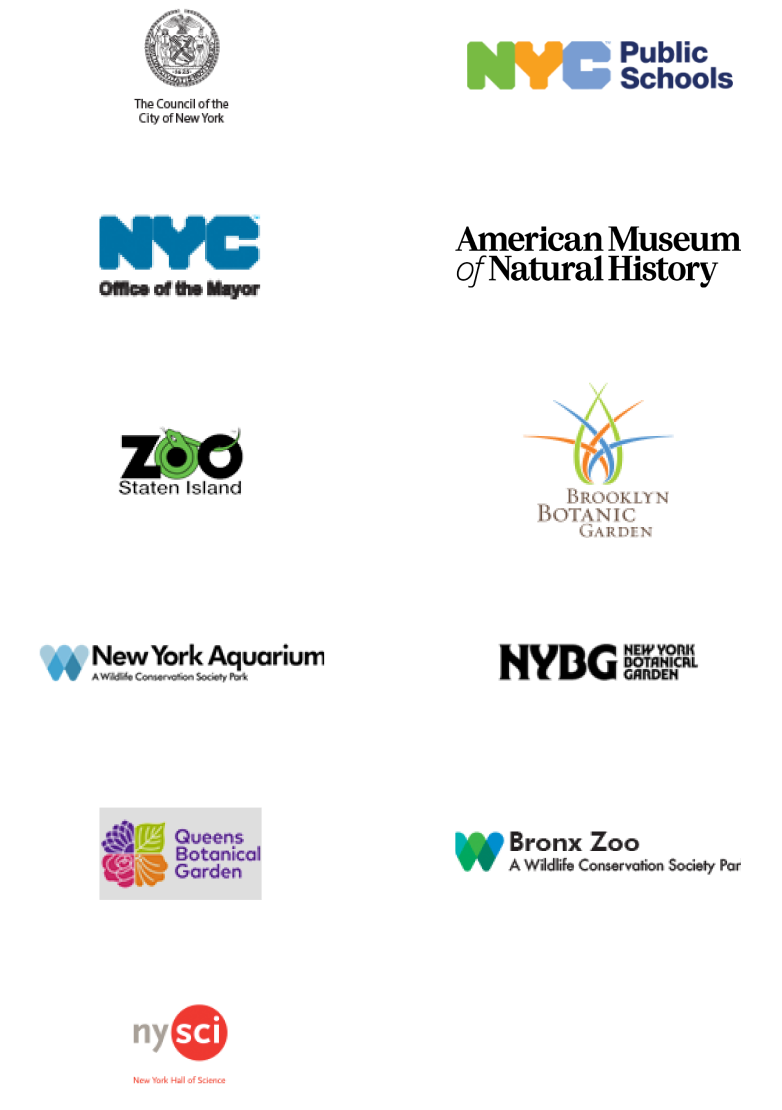Design/Engineering Projects
Design/Engineering Projects
Urban Advantage and the Next Generation Science standards agree that “providing students a foundation in engineering design allows them to better engage in and aspire to solve the major societal and environmental challenges they will face in the decades ahead.” By identifying and taking on engineering and design challenges, students become the active changemakers in their communities.
Grades 3-5
At the upper elementary grades, engineering design engages students in more formalized problem solving. Students define a problem using criteria for success and constraints or limits of possible solutions. Students research and consider multiple possible solutions to a given problem. Generating and testing solutions also becomes more rigorous as the students learn to optimize solutions by revising them several times to obtain the best possible design.

Grades 6-8
At the middle school level, students learn to sharpen the focus of problems by precisely specifying criteria and constraints of successful solutions, taking into account not only what needs the problem is intended to meet, but also the larger context within which the problem is defined, including limits to possible solutions. Students can identify elements of different solutions and combine them to create new solutions. Students at this level are expected to use systematic methods to compare different solutions to see which best meet criteria and constraints, and to test and revise solutions a number of times in order to arrive at an optimal design.



